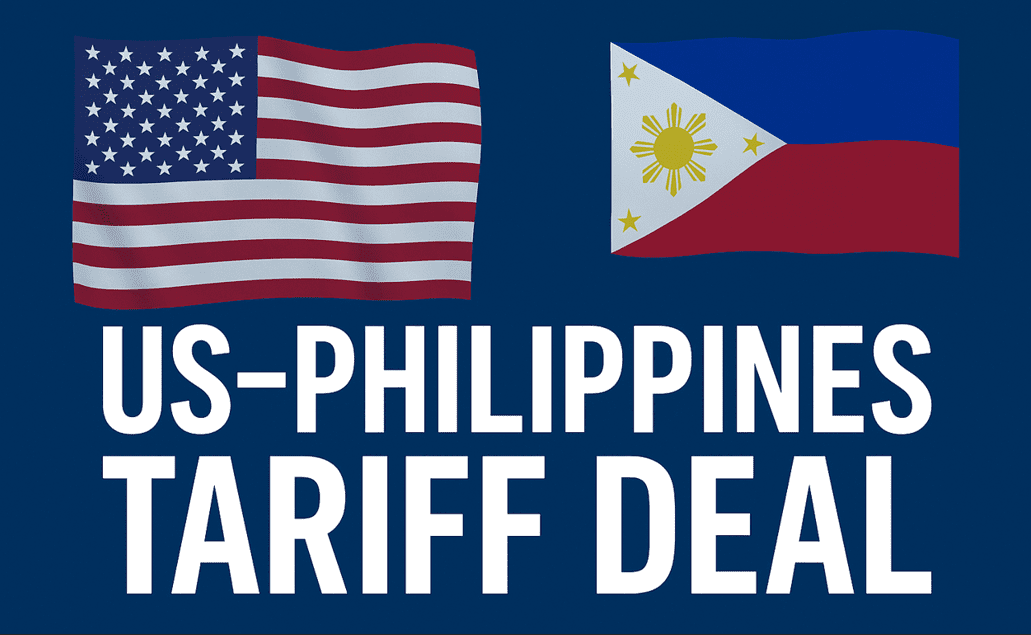The New US–PH Tariff Deal: Win or Lose?
On July 22, 2025, the Philippines signed a new tariff agreement with the United States, removing or lowering duties on various goods traded between both countries. At first glance, it looks like a balanced and beneficial move. But if we dig deeper—mas panalo yata ang U.S. kaysa sa’tin.
What’s in the Deal?
Under the agreement, many U.S. products entering the Philippines will be duty-free or have reduced import taxes. This includes:
- Electronics and gadgets
- Processed food and beverages
- Cosmetics and supplements
- Luxury items like high-end vehicles
In exchange, Philippine exports—mostly agricultural and semi-processed goods—will also get lower tariffs entering the U.S. market.
Sounds fair? Not exactly.
Why Is the Philippines at a Disadvantage?
Despite the seemingly mutual benefits, several issues make this deal feel lopsided.
1. Limited Philippine Export Capacity
Even if we gain wider access to the U.S. market, our local industries aren’t ready. We don’t have the volume or consistency in supply to meet international demand.
2. Unequal Buying Power
The average American can easily afford imported goods, but most Filipinos can’t. So while we’re opening the floodgates for more U.S. products, our own exports might barely make a dent.
3. Risk to Local Industries
With cheaper U.S. goods entering the market, local producers and SMEs may suffer. Products like chocolates, skincare, canned goods, and even meat could lose market share.
Kawawa ang small businesses if we don’t protect them.
The Silver Lining: Cheaper Luxury Cars
Okay, let’s admit it—some consumers will benefit. Especially those eyeing imported luxury items.
Sample Computation:
Let’s say you want to import a 2025 Ford Mustang GT from the U.S.
| Item | Before the Deal | After the Deal |
|---|---|---|
| Car Price (USD) | $43,000 | $43,000 |
| Exchange Rate | ₱58 = $1 | ₱58 = $1 |
| PHP Price | ₱2,494,000 | ₱2,494,000 |
| Import Tax (30%) | ₱748,200 | ₱0 |
| VAT (12%) | ₱389,280 | ₱299,280 |
| Total | ₱3,631,480 | ₱2,793,280 |
That’s ₱838,200 in savings. Not bad kung matagal mo nang pinapangarap ‘yang kotse.
Even mid-range gadgets, branded skincare, or health products from the U.S. could be significantly cheaper now.
Final Thoughts: Who Really Wins?
✅ Advantage for middle- to high-income consumers who want imported goods.
❌ Disadvantage for local farmers, small manufacturers, and MSMEs.
⚠️ Warning sign for trade imbalance if we keep importing more than we export.
While consumers might enjoy the short-term perks, the long-term risk is a weakened local economy. It’s a classic case of “be careful what you wish for.”
What do you think?
Is this deal really helping Filipinos, or are we being shortchanged? Share your thoughts in the comments.
